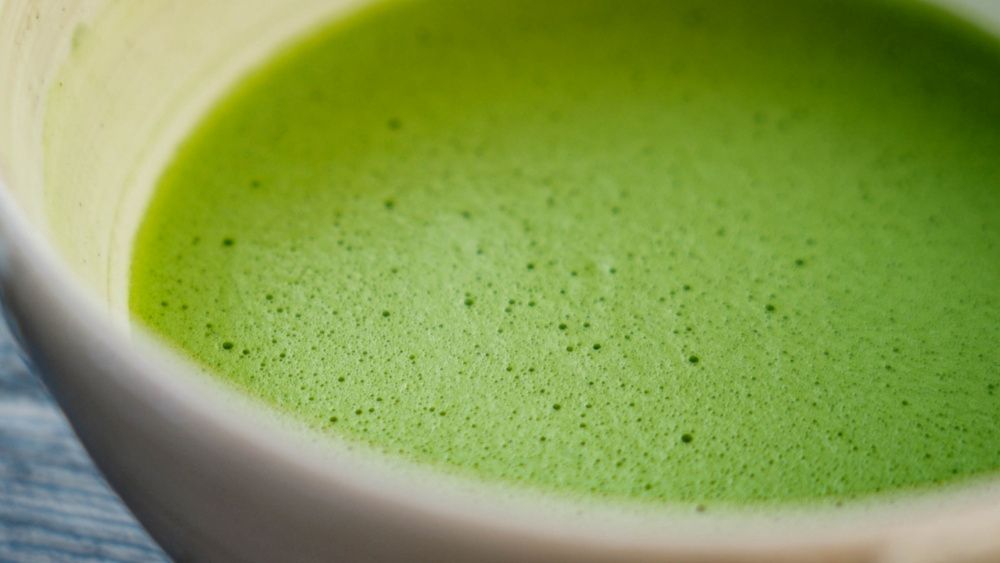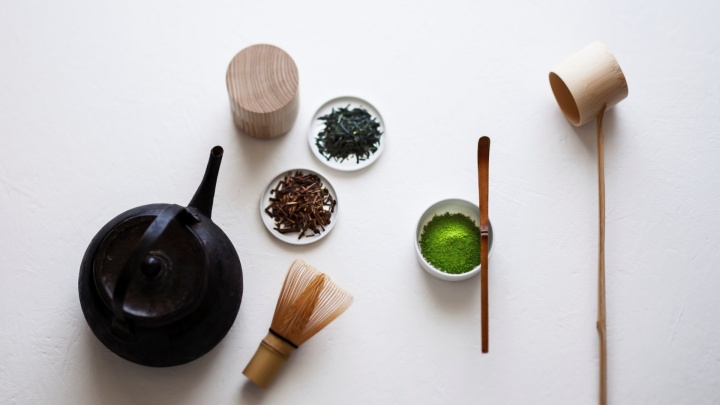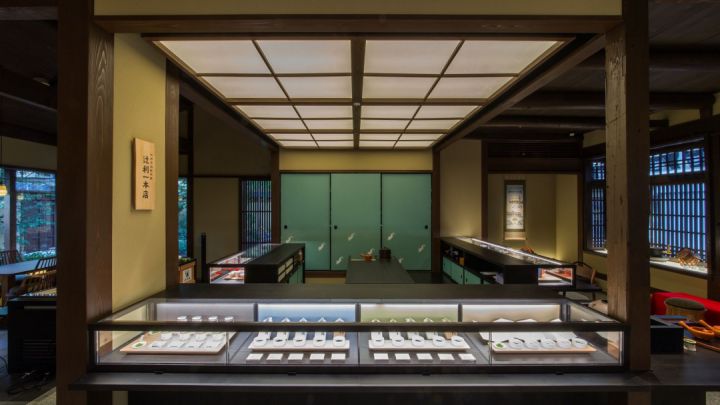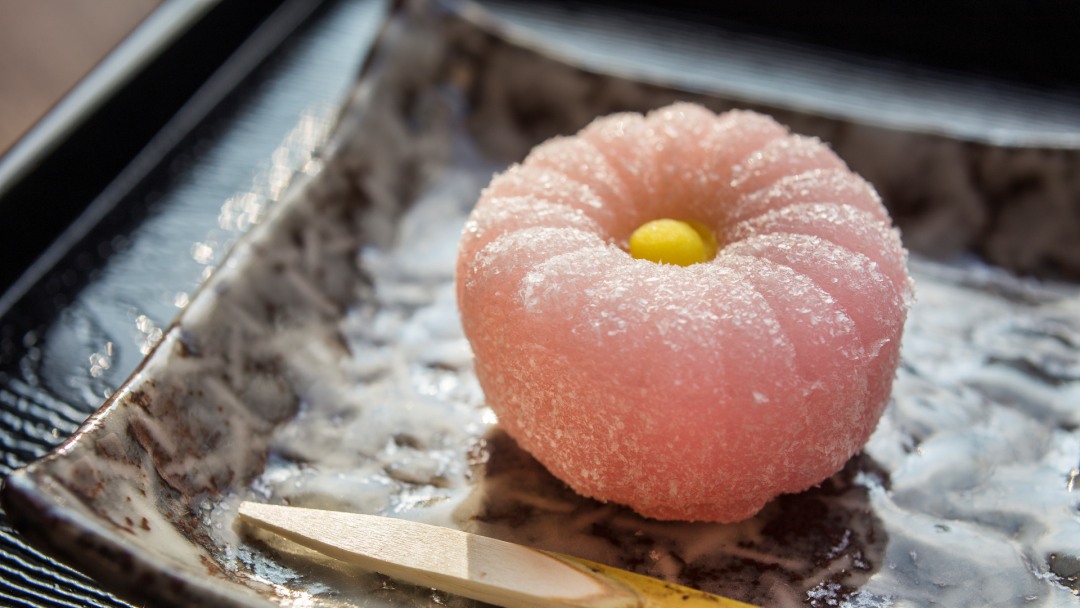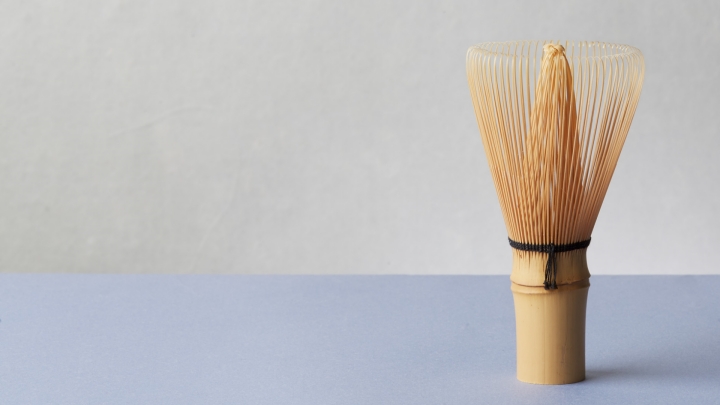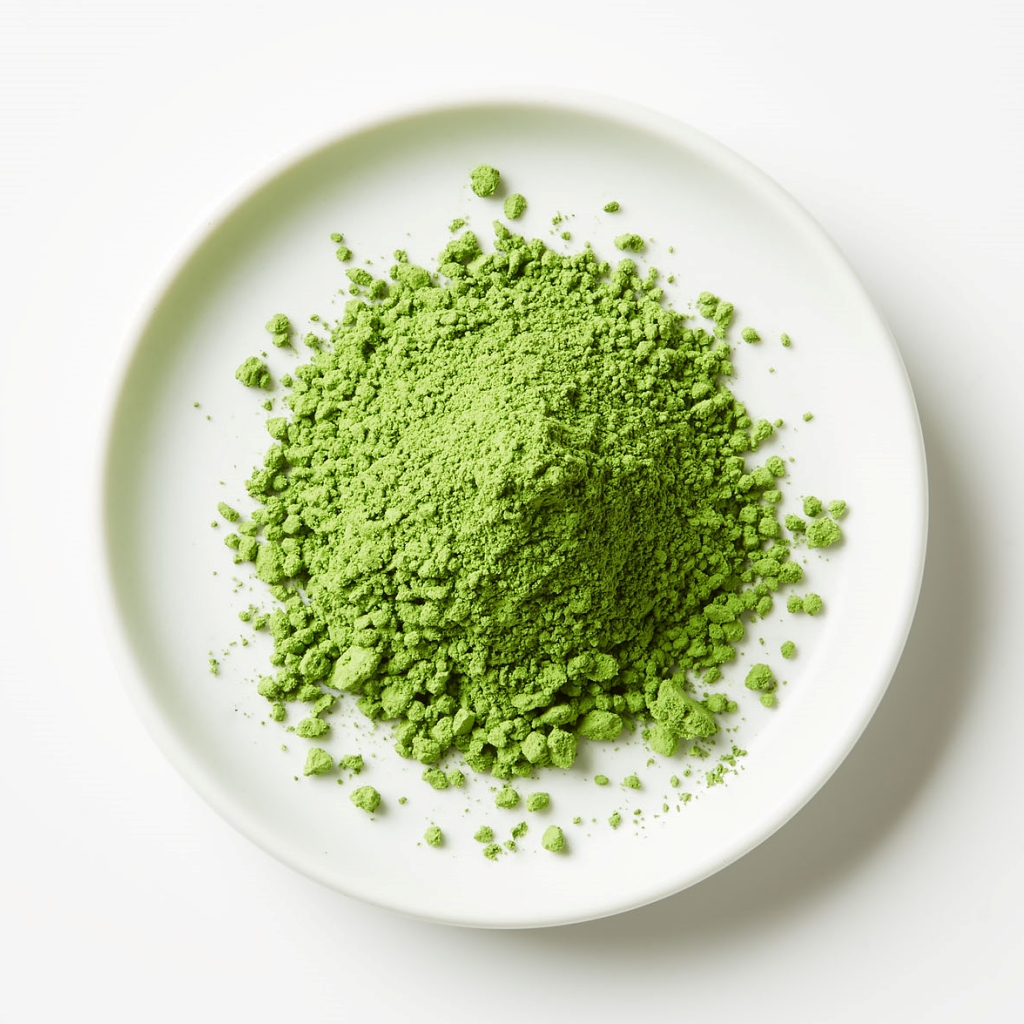
Matcha
Matcha is a type of green tea made from “tencha” that has been finely ground using a tea mill or a grinder. Tencha is a type of tea that is grown using a method called “covered cultivation,” where a framework is set up over the tea garden, and the entire area is covered with materials like straw, reed screens, or shade cloths to block sunlight.
By covering the tea plants, the conversion of theanine (which gives the tea its umami flavor) into catechins (which contribute to bitterness) is reduced. After being picked, the tea leaves are steamed, dried without being rolled, and then finished by removing stems and leaf veins. This results in a luxurious taste that combines sweetness and umami.
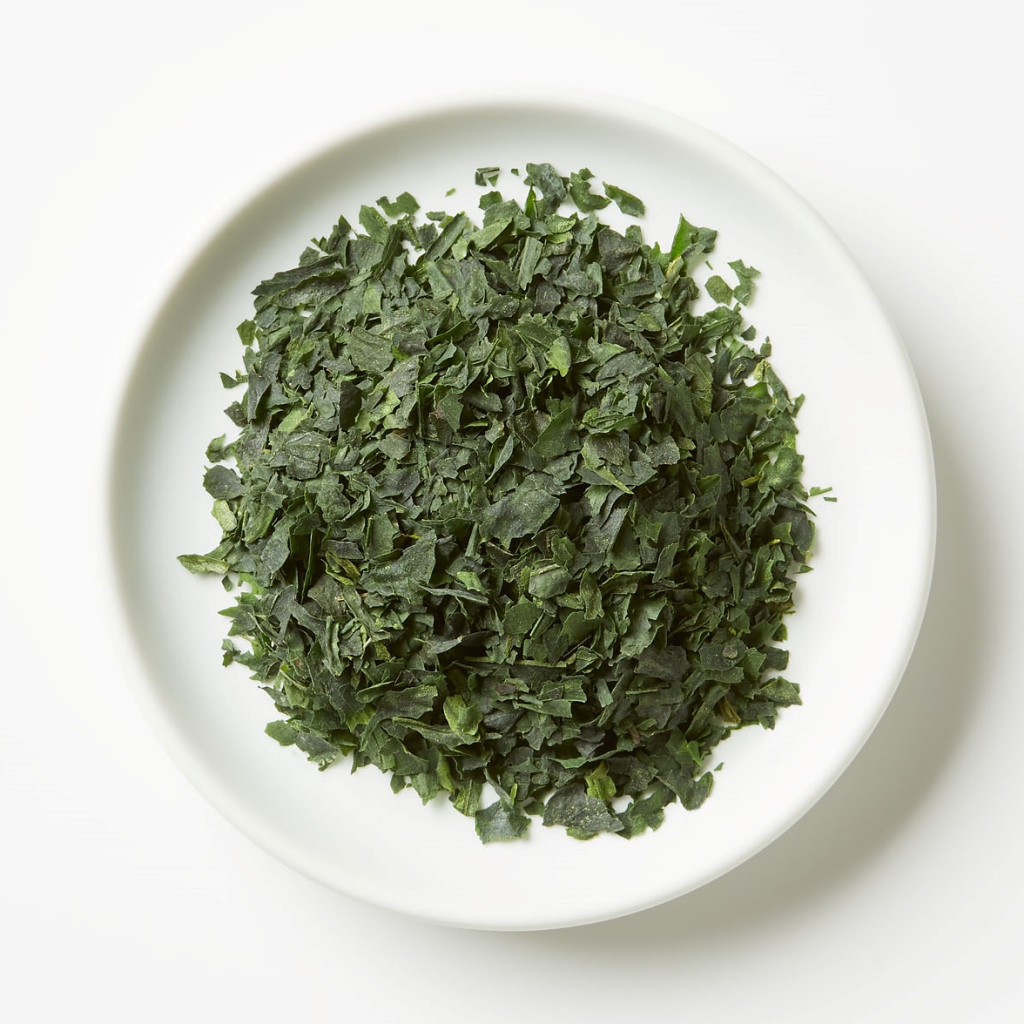
Tencha
Like gyokuro, it is made from fresh leaves grown in a ‘covered garden’, which are steamed and then dried without being rolled, and the stems and veins are removed. This is then ground in a stone mill to make matcha. Because it is required to have a distinctive covering aroma, a vivid dark green colour, and a strong umami flavour with little astringency, the material used for general tencha is covered for a longer period than gyokuro. After being re-dried, tencha is stored in a refrigerator and then ground into matcha powder depending on sales demand, so tencha itself is rarely distributed to the general public.
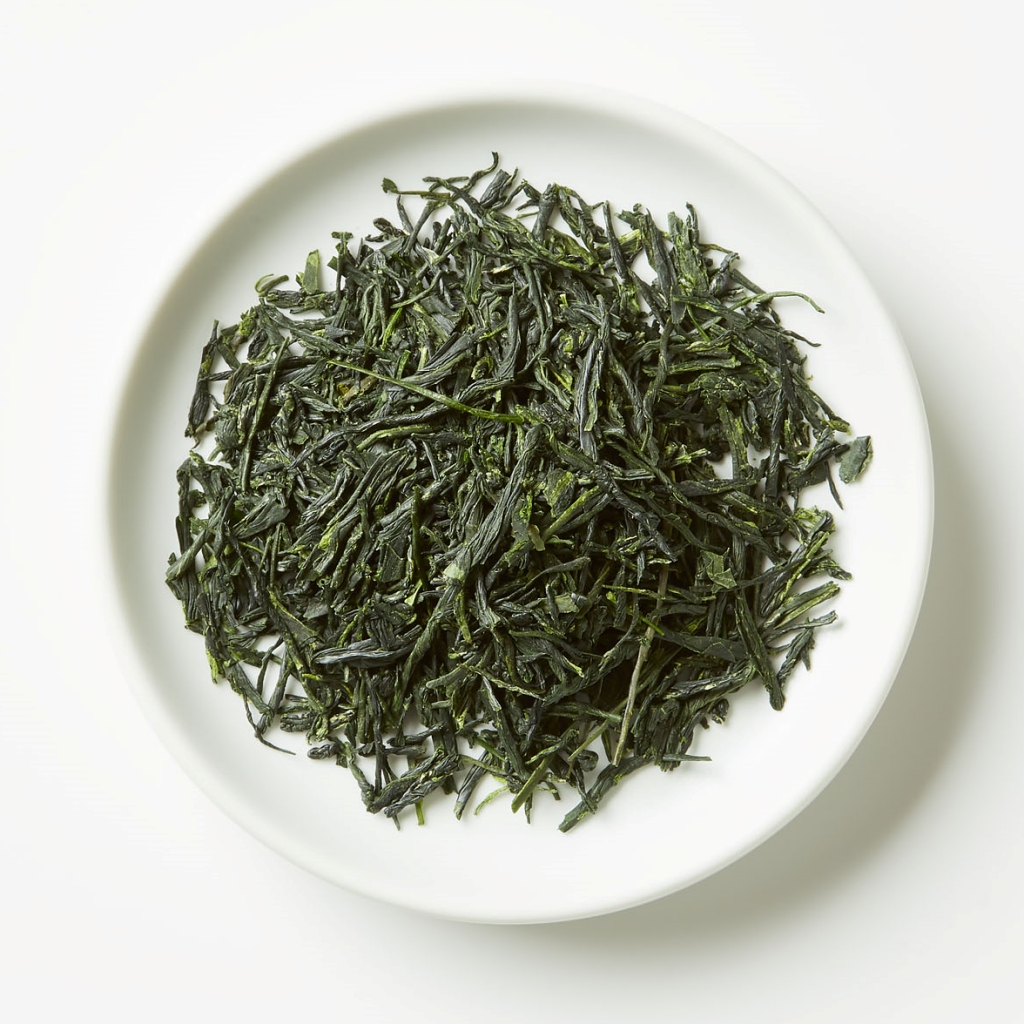
Gyokuro
This tea is cultivated in the same “covered tea gardens” as tencha. By covering the tea garden, the theanine content is increased, resulting in tea that is rich in umami and low in astringency and bitterness. The freshly picked buds are steamed, dried while being rolled, and then finished by removing stems and powder.
The tea leaves grown under cover have a vibrant green color, and when gyokuro is brewed with low-temperature water, it offers a rich aroma (known as ooika, or “covered aroma”) and a smooth, sweet taste.
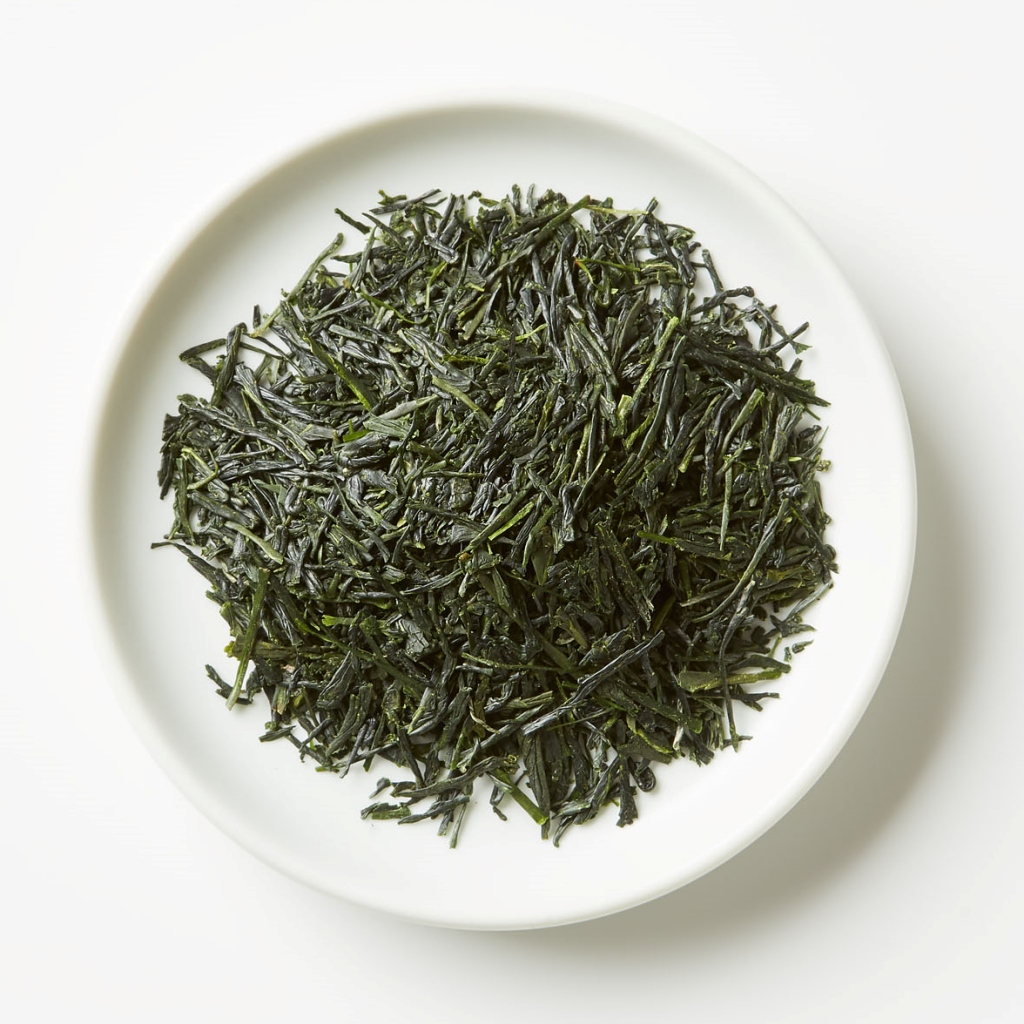
Sencha
This tea has the highest production volume in Japan, accounting for about 80% of all Japanese tea. The freshly picked buds are steamed, just like gyokuro, then dried while being rolled, and finally finished by removing stems and powder.
The first flush of tea leaves, picked around late April to early May, around the time of Hachijūhachi-ya (the 88th day after the beginning of spring), is considered to have the best aroma and flavor. You can enjoy a refreshing aroma and a clean taste that balances sweetness and astringency.

Hojicha
This is a type of tea made by roasting green teas such as bancha, kukicha, sencha, and gyokuro at high heat. It is characterized by its roasted aroma and flavor. When roasted at a high temperature, the caffeine sublimates and decreases. There are mainly two types of hojicha: one made by roasting tea leaves called ordinary “hojicha,” and another made by roasting tea stems called “kuki-hojicha.” Hojicha has a light, refreshing taste, while kuki-hojicha is sweeter and has a slightly richer flavor.
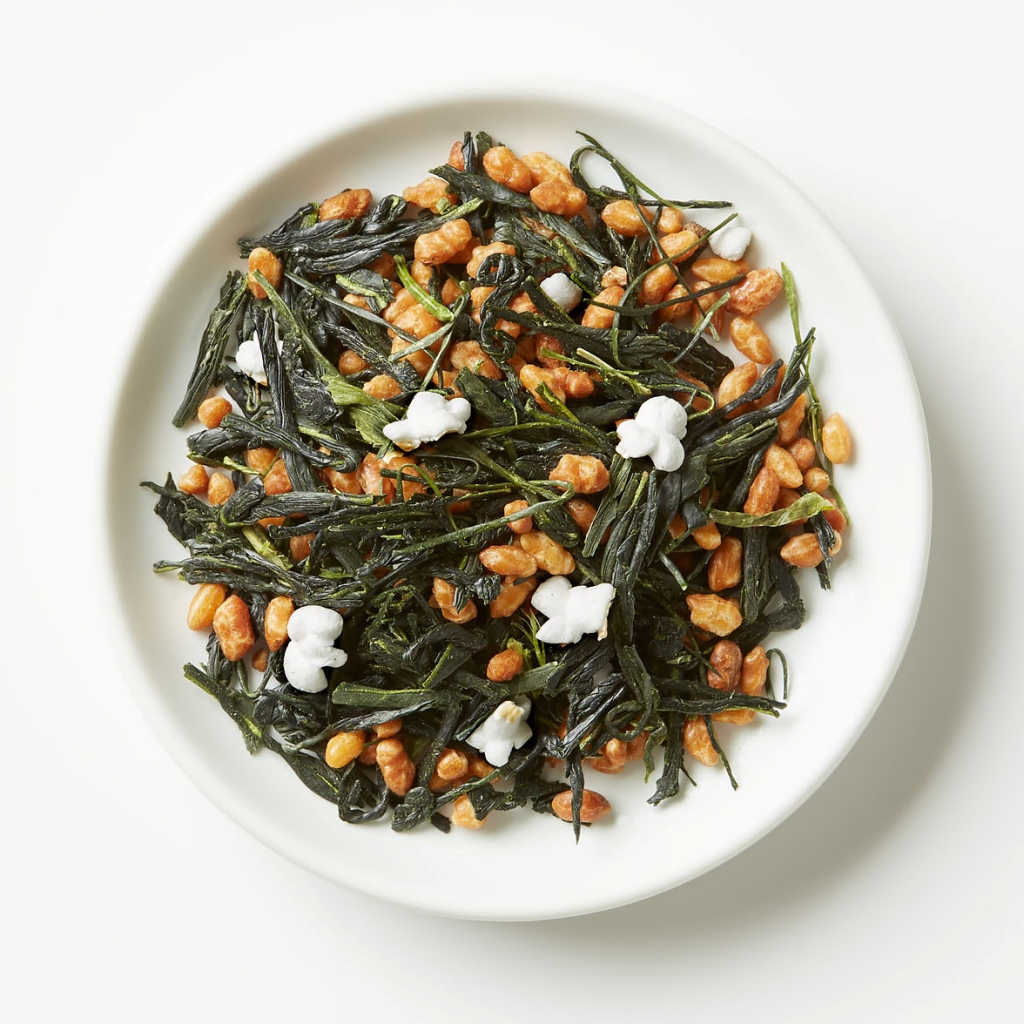
Genmaicha
This tea blends roasted rice with sencha or hojicha, enhancing the roasted aroma. In addition to the refreshing bitterness, umami, and sweetness of sencha, you can also enjoy the roasted rice’s toasty aroma and lightness. Since it contains roasted rice, it can be considered a tea with lower caffeine. To enjoy the roasted aroma of the rice, brew it with boiling water.
Regarding export
While we do not offer other types of tea besides matcha for sale online store, we do carry a selection of export-ready products, primarily organic teas. Please contact us directly for more information.


